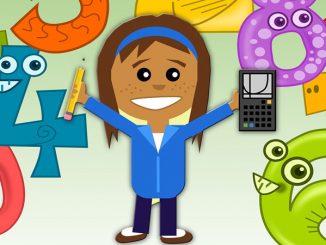
Jesus famously said, “Whoever has ears to hear, let them hear!” (Mark 4:9) The truth is, some people learn best, not by reading, seeing, or doing, but primarily by hearing. In order for auditory learners to truly receive and integrate information, they need to hear it. If we as catechists rely on lecture, that will be good for auditory learners; however, we need to remember that only 30% of learners are auditory learners, so the lecture-only approach is not going to be effective for the majority of those we teach.
When working with auditory learners, here are some tips to keep in mind.
- Invite them to work in pairs so they can share information aloud and hear it.
- Invite them to recite aloud information you want them to retain.
- Invite them to do oral presentations.
- Use flashcards, and have students read them aloud.
- Invite them to read from the text out loud.
- Rephrase your questions, and repeat instructions verbally.
- Vary the volume, pitch, and speed of your voice for variation.
- Incorporate multimedia resources that invite them to listen.
- Do lectio divina-style prayer aloud, inviting them to listen to and reflect on Scripture.
Some of my favorite resources for auditory learners are the dramatized Scripture stories that are a part of the Finding God program. These enable all learners, but especially auditory learners, to hear a Scripture story come to life. Finding God also includes recorded guided reflections that a catechist can rely on. Find some examples of both features here.
Finally, God’s Gift: Reconciliation and Eucharist includes DVDs that benefit auditory and visual learners with brief segments to enhance lessons. Watch a few samples:
- The Communion Rite
- How to Go to Confession
- Chapter-by-Chapter: Reconciliation
- Chapter-by-Chapter: Eucharist
- Personal Testimonials: Reconciliation
- Prayer and Practices: Eucharist
You should have no trouble spotting the auditory learners in your group; they are quite often the most talkative ones!





Be the first to comment